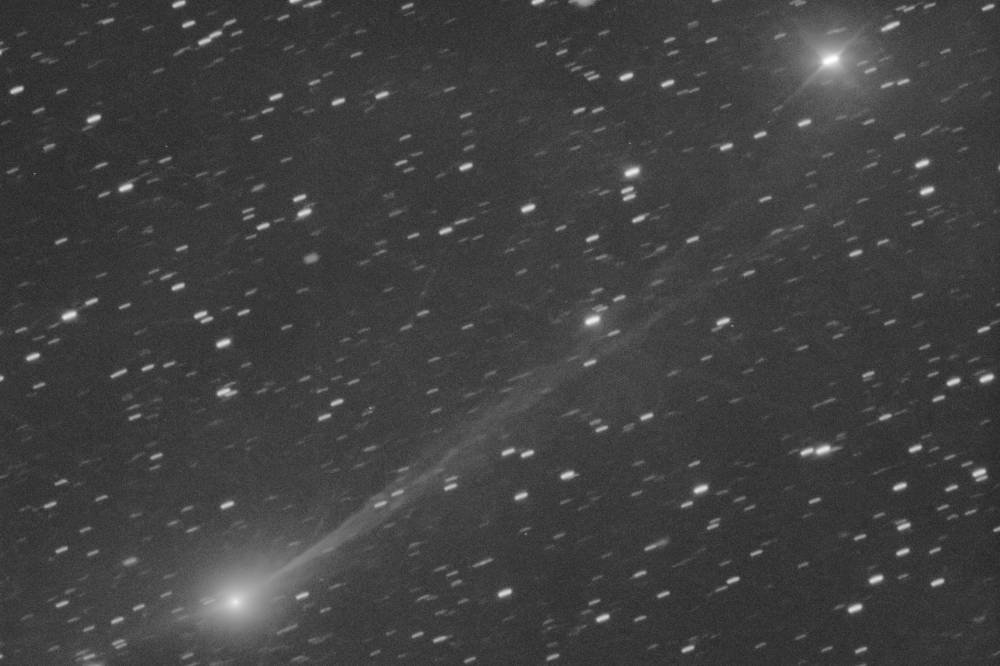One-and-done comet: Nasa presents 3I/Atlas

CAPE CANAVERAL, Fla.— Nasa unveiled close-up pictures on Wednesday of the interstellar comet that’s making a quick one-and-done tour of the solar system.
Discovered over the summer, the comet known as 3I/Atlas is only the third confirmed object to visit our corner of the cosmos from another star. It zipped harmlessly past Mars last month.
Three Nasa spacecraft on and near the red planet zoomed in on the comet as it passed just 29 million kilometers (18 million miles) away, revealing a fuzzy white blob. The European Space Agency’s two satellites around Mars also made observations.
Other Nasa spacecraft will remain on the lookout in the weeks ahead, including the Webb Space Telescope. At the same time, astronomers are aiming their ground telescopes at the approaching comet, which is about 307 million kilometers (190 million miles) from Earth. The Virtual Telescope Project’s Gianluca Masi zoomed in on Wednesday from Italy.
‘Rare opportunity’
The comet is visible from Earth in the predawn sky by using binoculars or a telescope.
“Everyone that is in control of a telescope wants to look at it because it’s a fascinating and rare opportunity,” said Nasa’s acting astrophysics director, Shawn Domagal-Goldman.
The closest the comet will come to Earth is 269 million kilometers (167 million miles) in mid-December. Then it will hightail it back into interstellar space, never to return.
ESA’s Juice spacecraft, bound for Jupiter, has been training its cameras and scientific instruments on the comet all month, particularly after it made its closest pass to the sun. But scientists won’t get any of these observations back until February because Juice’s main antenna is serving as a heat shield while it’s near the sun, limiting the flow of data.
Window into deep past
Named for the telescope in Chile that first spotted it, the comet is believed to be anywhere from 440 meters (1,444 feet) across to 5.6 kilometers (3.5 miles) across. Observations indicate that the exceptionally fast-moving comet may have originated in a star system older than our own—“which gives me goose bumps to think about,” said Nasa scientist Tom Statler.
“That means that 3I/Atlas is not just a window into another solar system, it’s a window into the deep past and so deep in the past that it predates even the formation of our Earth and our sun,” Statler told reporters.
Nasa officials were quick to dispel rumors that this friendly solar system visitor, as they called it, might be an alien ship of some sort. They said that because of the federal government shutdown, they weren’t able to respond to all the theories cropping up in recent weeks.
The space agency is always on the hunt for life beyond Earth, “but 3I/Atlas is a comet,” said Nasa’s associate administrator, Amit Kshatriya.

















